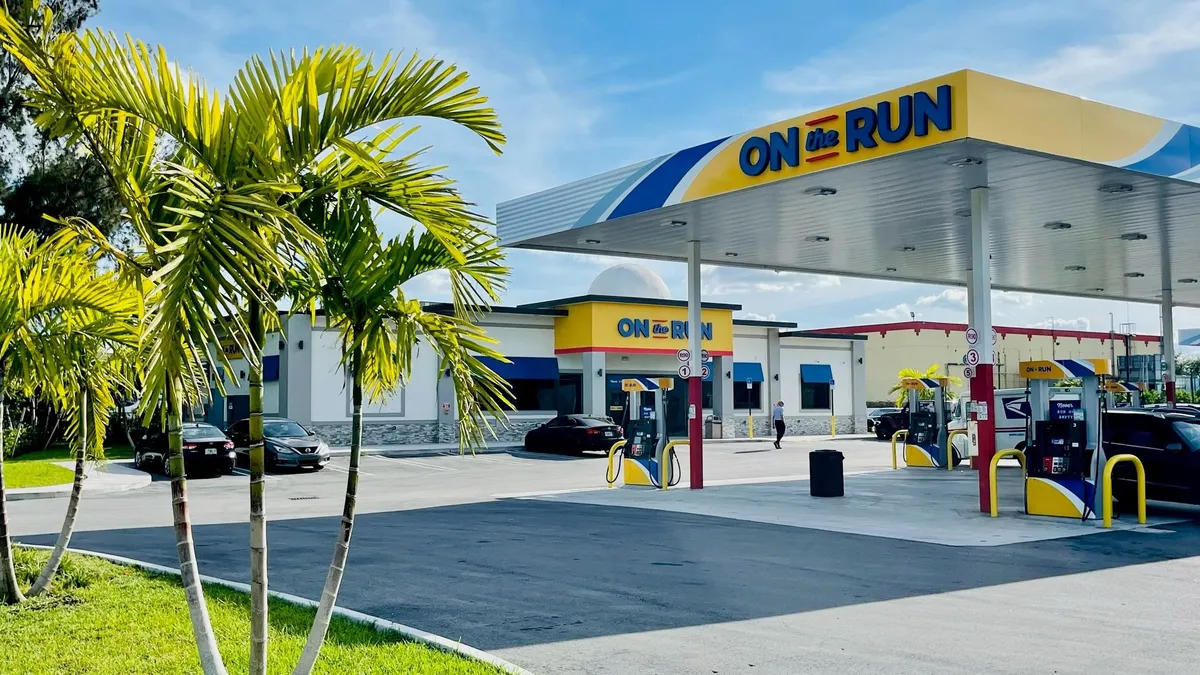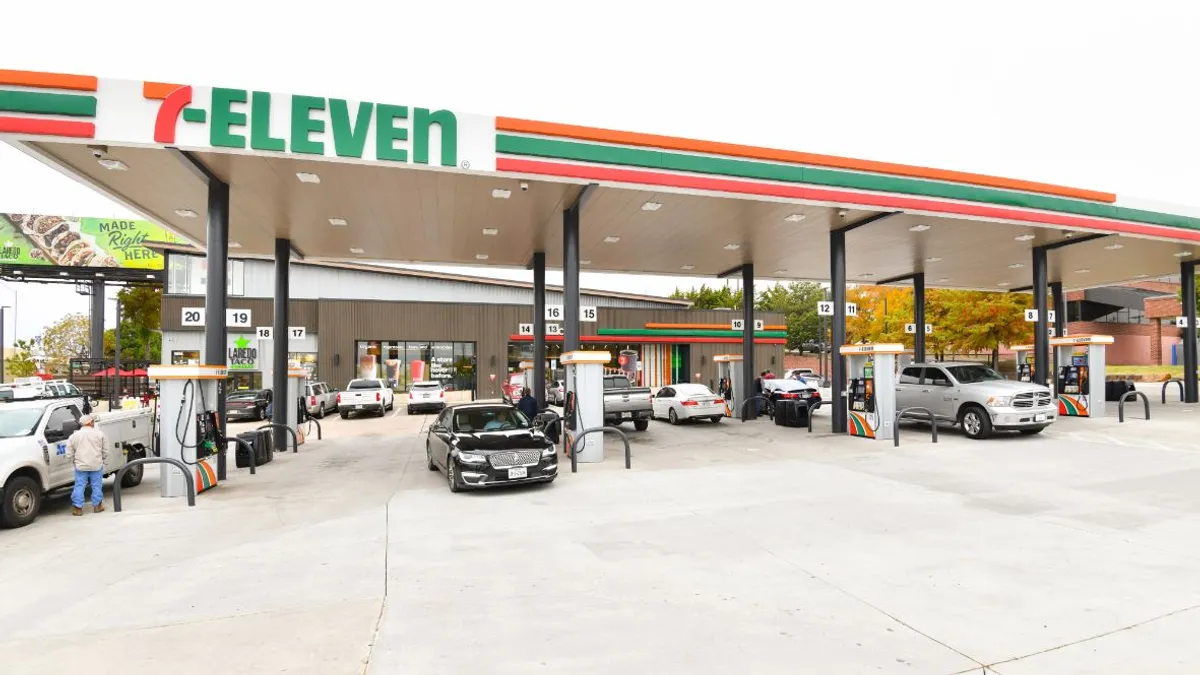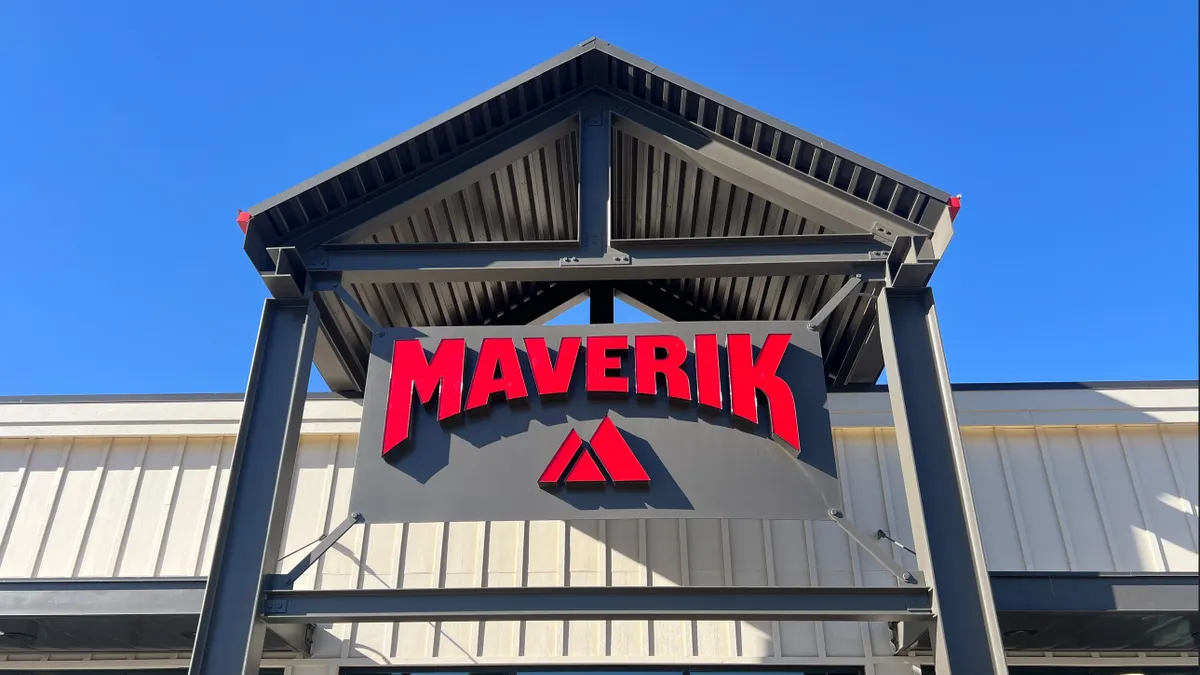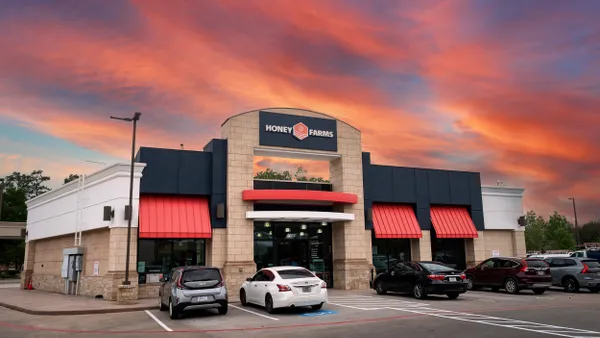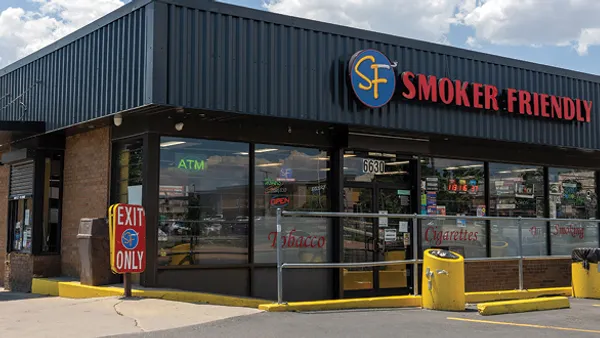Dive Brief:
- After experiencing several challenges this time last year, Parkland’s U.S. division “rebounded” this past quarter, reaching an adjusted earnings before interest, taxes, depreciation and amortization (EBITDA) of $52 million — a $70 million increase from Q3 2022, President and CEO Bob Espey said during the company’s earnings call Thursday.
- While Espey cited various cost management initiatives and strong fuel unit margins for Parkland’s growth in the U.S., Donna Sanker, president of Parkland USA, also credited this success to how Parkland has refined its retail and commercial-focused strategy in the U.S. this year.
- Moving forward, Parkland has “ambitious growth plans and targets” for its U.S. business, expecting to grow 2024 adjusted EBITA by about 25%, Sanker said during the call.
Dive Insight:
When Sanker assumed the top leadership position at Parkland USA in January, she saw a “tremendous opportunity to create a focused, fit-for-purpose organization,” she said. This led Parkland USA to restructure around its retail and commercial lines of business, which now helps the company focus on its core customers and led to lower overall costs.
Parkland USA also shook up its leadership team this year to achieve these goals, Sanker said. That included naming Troy Dickson, former director of retail operations for Parkland’s Western Canada operations, as vice president of retail for Parkland USA, in September.
As it focuses on retail, Parkland USA is also building out its category management and merchandising capabilities, and has rebranded about 35 backcourts from various acquisitions to On the Run, Sanker said. These conversions have resulted in a 17% lift in store sales and a 23% increase in store margin, she noted.
Although Parkland USA’s footprint is mainly in the northwestern U.S., the company is excited about its growth in Florida, which ties well with Parkland’s operations in the nearby Caribbean, Sanker said.
When scoping out new markets in the U.S., Parkland USA looks for states with a steady population growth, those that are demand resilient and that have inherent supply inefficiencies.
“Simply put, in these markets, fuel demand exceeds local supply and fuel needs to be imported from other regions,” Sanker said. “These dynamics play to Parkland’s core strengths and create opportunity for us.”
Parkland USA operates 650 retail sites across Idaho, Montana, North Dakota, South Dakota, Wyoming, Colorado, Utah and Florida.



